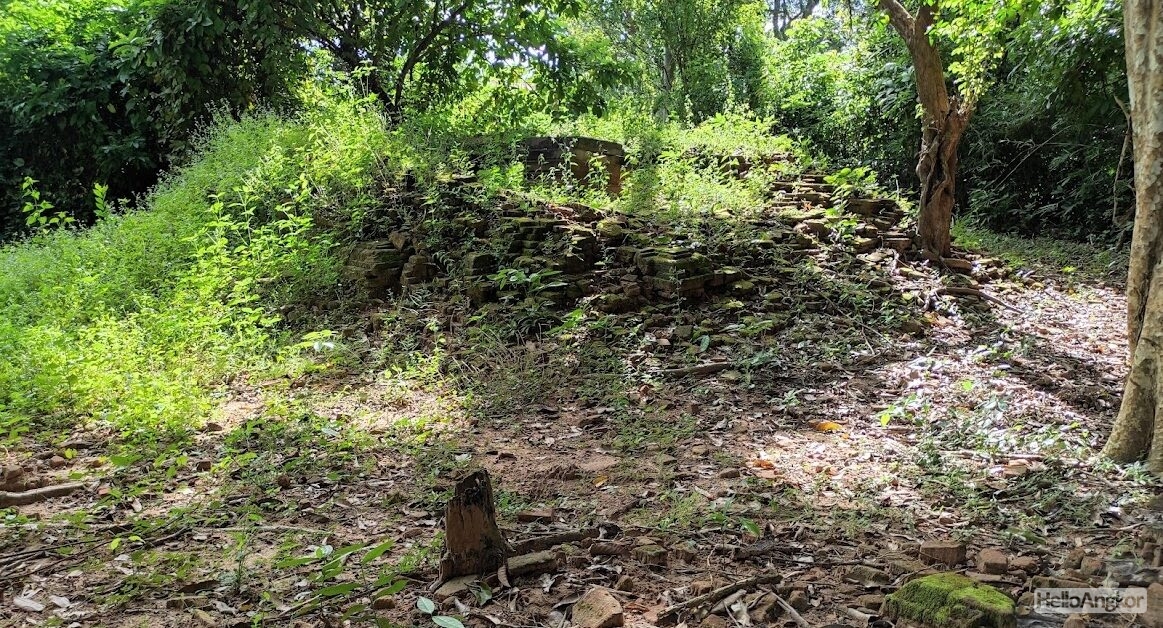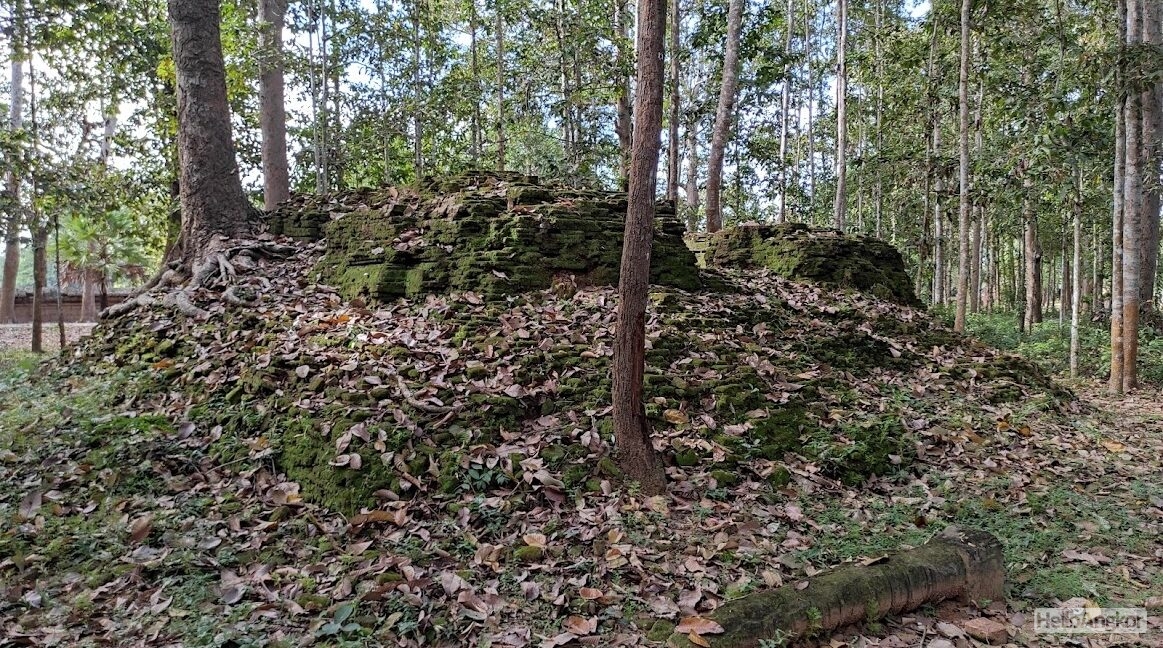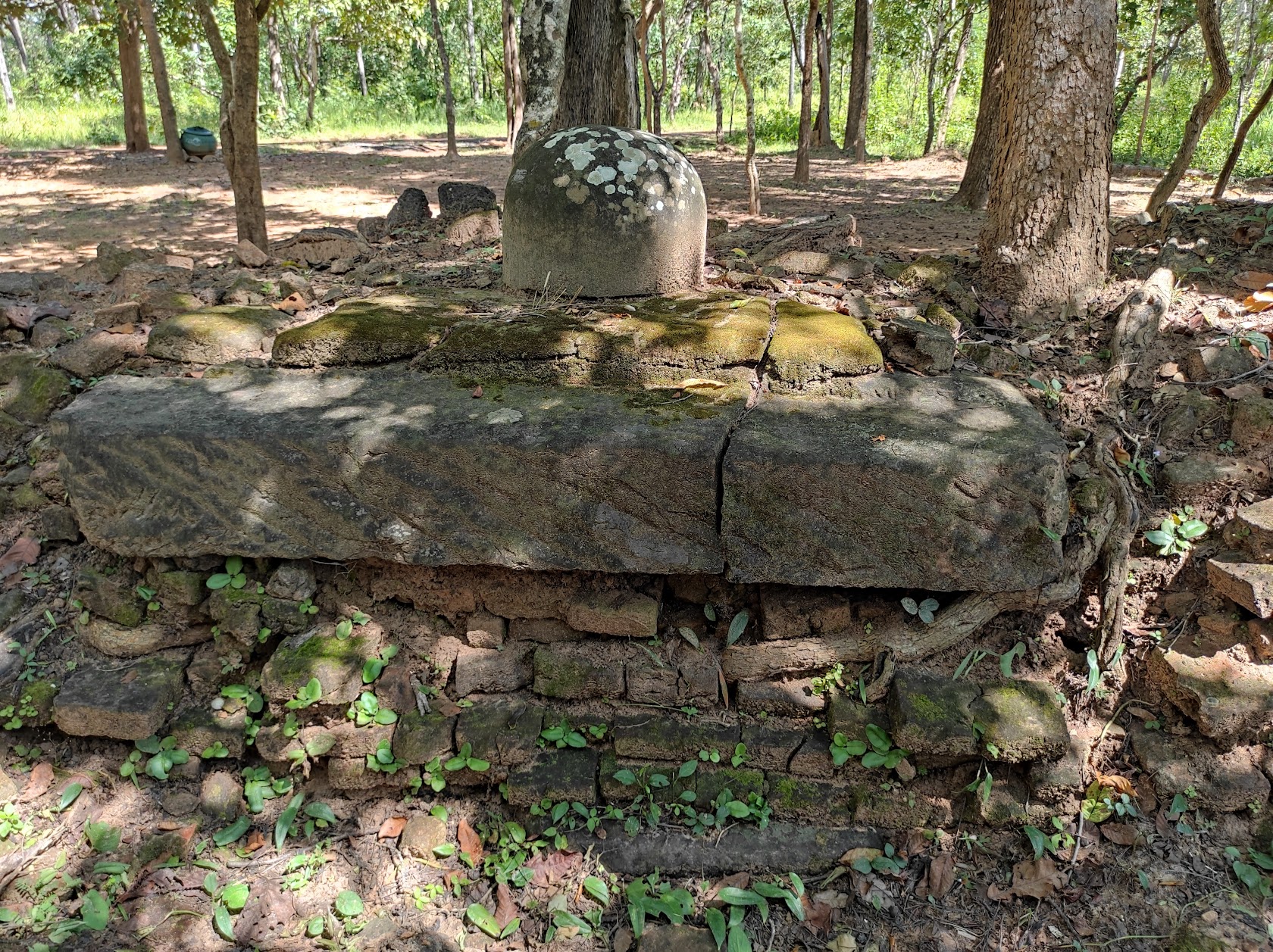BK4
One of the several brick shrines inside the outer moat and surrounding the enclosure wall and inner moat of Bakong Temple. This one, only the base of the brick structure remains, some of it as rubble and some small parts in great condition. Its sandstone alter is still in place. There appears some mixed remains … Read more



